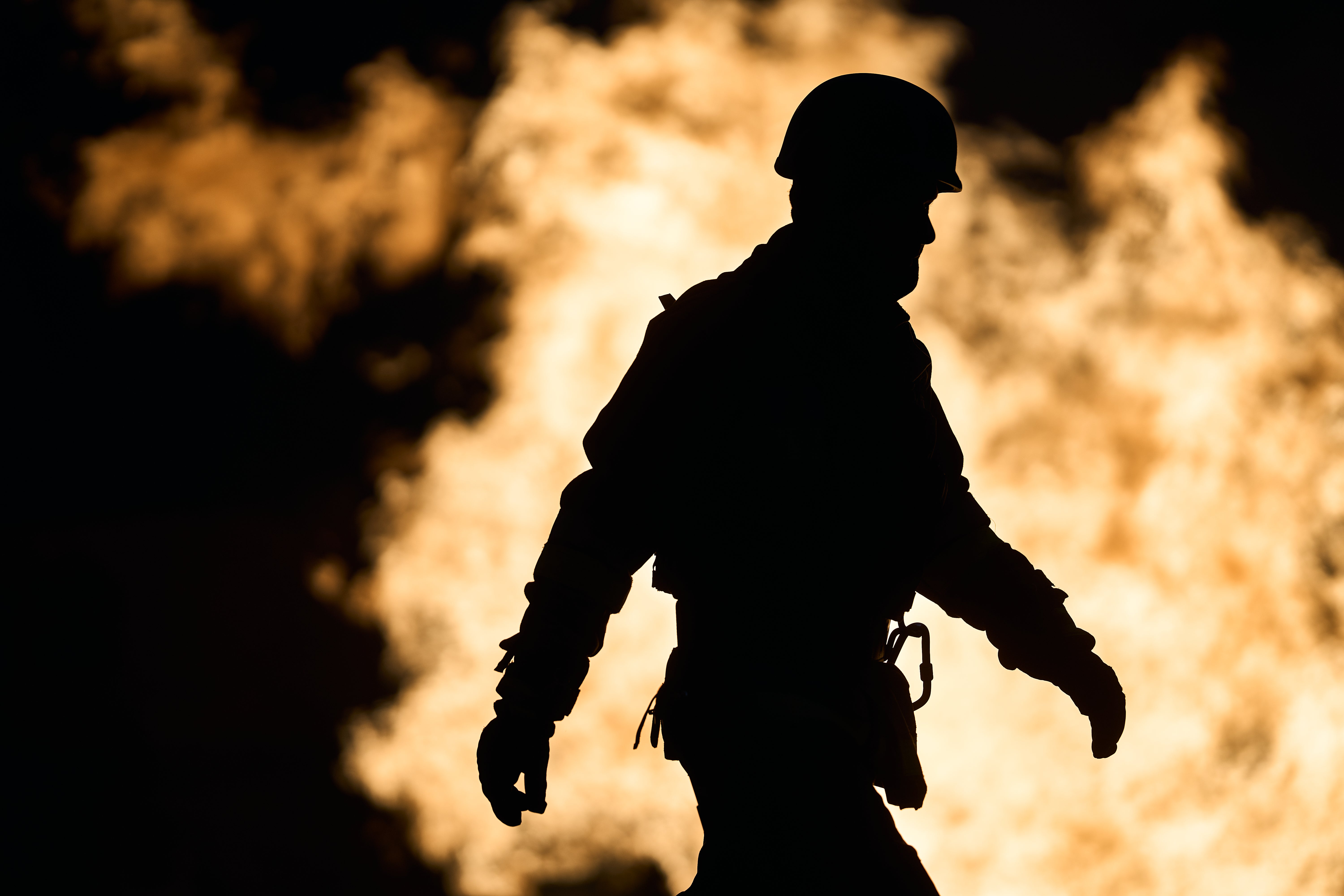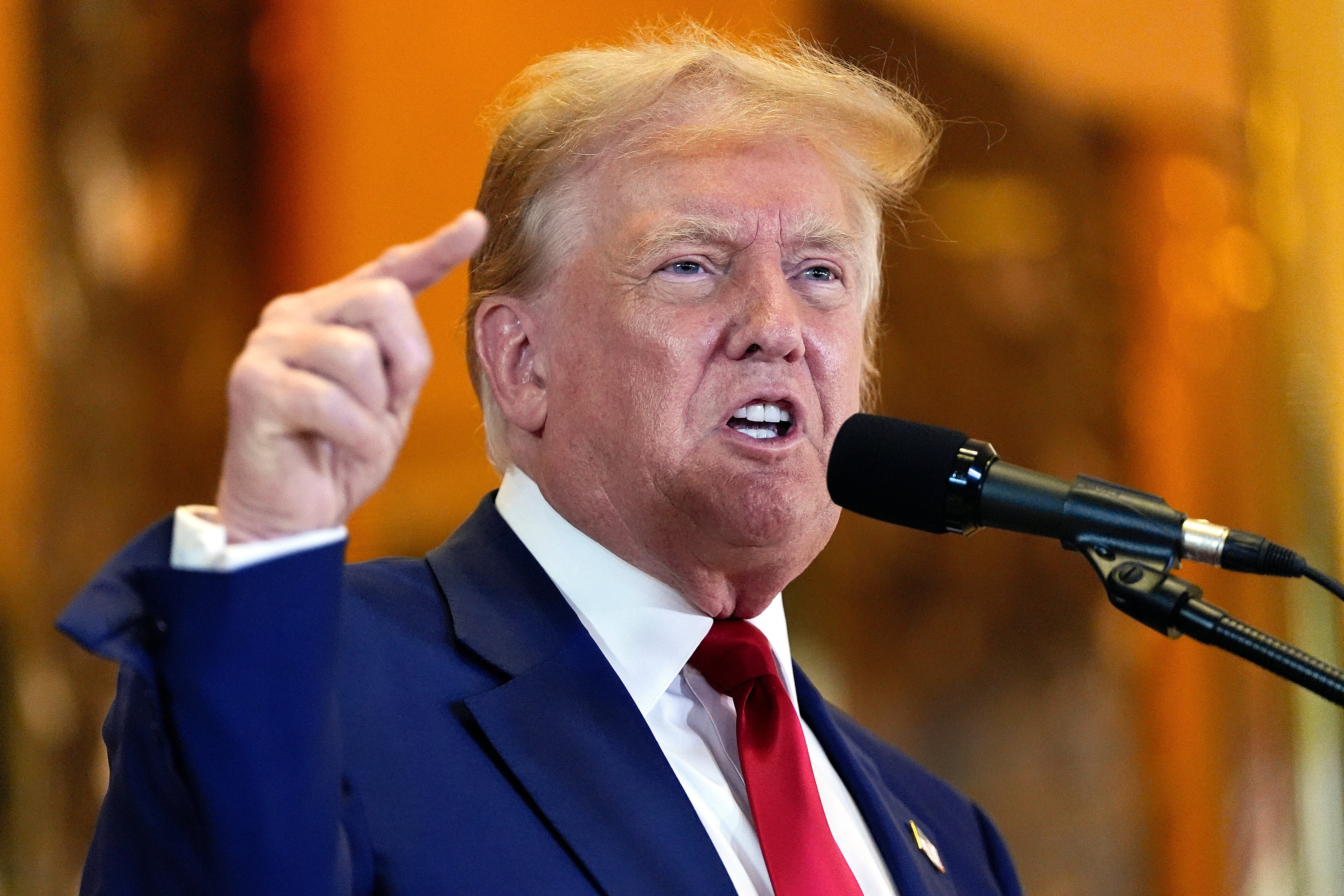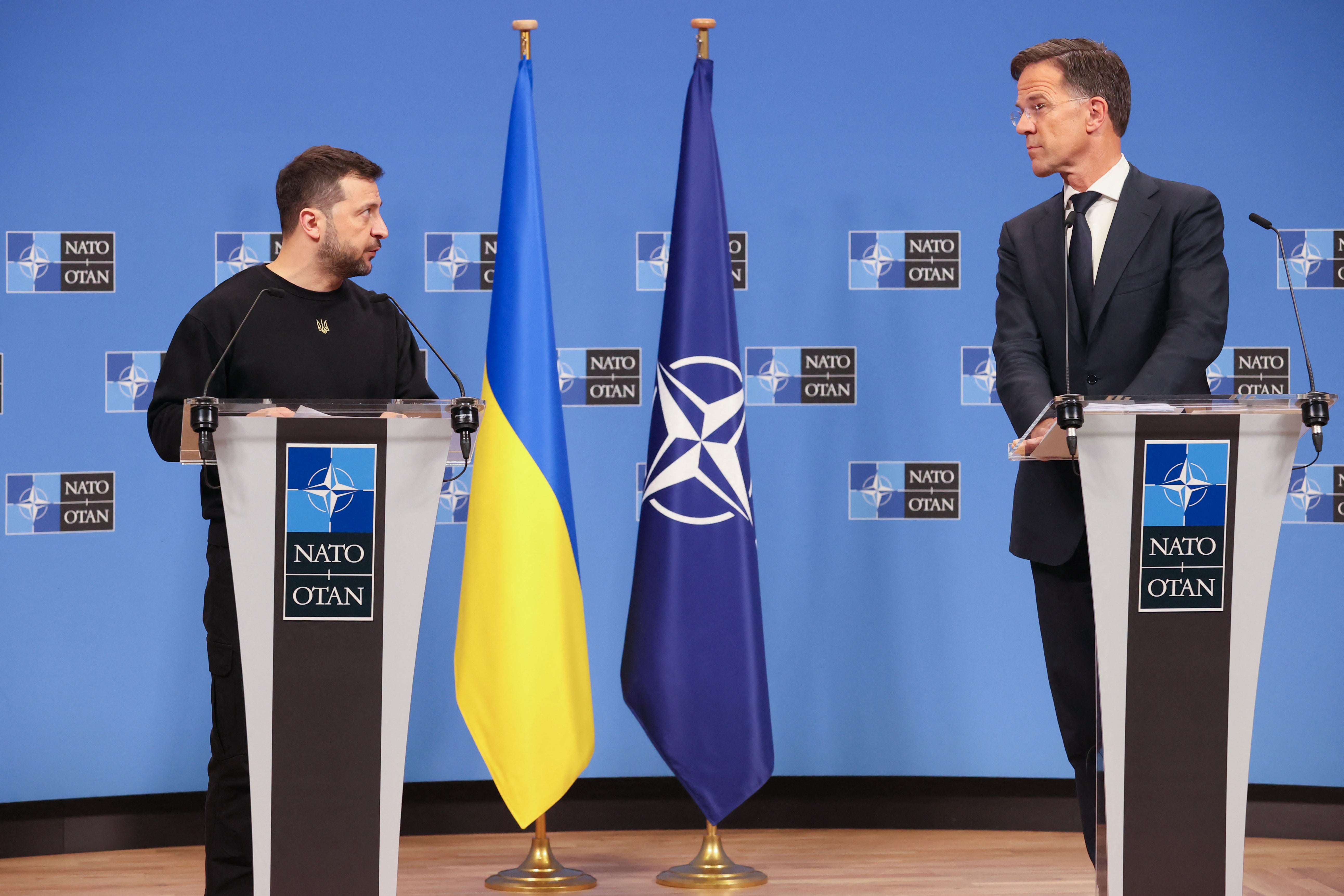How 2025 could bring Putin closer to victory over Europe
With a Russian apologist preparing to return to the White House, Keir Giles plots out how he believes Putin will use the new American president to proceed with his long-term goals of domination

Ordinarily, it’s historians writing after the fact that identify the pivotal dates in wars when the road to victory or defeat becomes clear. Russia’s war on Ukraine is different: it is clear in advance that 20 January 2025 will change the course of the conflict. Since well before the US election, there has been no doubt that the return of Donald Trump to the White House could be decisive for Ukraine’s continuing ability to resist Russia’s onslaught.
It’s long been apparent that the outcome of the war will be decided far from the battlefields in the east and south of the country, and in fact, not in Ukraine at all. Both Russia and Ukraine are supported by coalitions of nations whose contributions to their respective war efforts are crucial. The key difference is that in Ukraine’s case, the biggest backer by volume may be about to pull the rug from under the country’s feet, crippling its ability to continue in its struggle to survive. The kinds of surprise counter-attack into the Russian region of Kursk – as launched this week – will be off the table.
Trump’s promise to bring peace to Ukraine within a day of arriving in power has been often repeated, but never explained. A number of different possible plans have been put forward. But none of them fully lays out how it will be possible to convince Ukraine to cease resistance without solid and unarguable means of deterring Russia from resuming hostilities when it feels it is ready.

These so-called “security guarantees” are essential if any ceasefire is to mean a durable peace, rather than an opportunity for Russia to reconstitute its land forces even faster without Ukraine eliminating them almost as swiftly as they can be restored.
The best available security guarantee – membership of Nato for however much of Ukraine remains free – has been ruled off the table by the alliance’s leading, and most timorous, members. And any mention of a possible presence of troops from Western countries in Ukraine, to ensure that peace is kept, sends European capitals into a panicked flurry of denials.
Trump is likely to use the leverage of US aid and support to attempt to force Ukraine into a ceasefire. That will lead to immediate arguments not only with Kyiv, but also with those European countries that understand that Ukraine’s continued resistance is vital to their own security, and that a ceasefire will be exploited by Russia in the same manner as in Georgia, Syria, and Ukraine itself under the Minsk agreements. That disagreement will only exacerbate Trump’s stated unwillingness to meet the United States’ Nato commitments to a Europe that has long been delinquent in meeting its own defence obligations.
At the same time, any ceasefire, no matter how flimsy and how swiftly flouted by Russia, will be seized on by those Western European states that yearn for a return to business as usual, as an excuse to pretend that the problem has gone away, and to drift back into complacency over their own defence needs and ambivalence over the future of Ukraine.
Thus, not only the survival of Ukraine but also the future of Europe is heavily dependent on the course Trump will choose. There are those who believe he will pursue a logical and consistent policy towards Russia, guided as much by care for his own future reputation as for the future of the international order that keeps the United States prosperous and secure. This strain of Trumptimism, even at its most plausibly argued, still carries about it a whiff of wishful thinking – as, for instance, when Keir Starmer tries to cajole Trump into “standing together with Ukraine”, when all past performance indicates that this is the very last thing Trump wants to do.

At the other end of the scale, those who have observed Trump’s behaviour during his first term and his consistent favouring of Russian national interests over those of the US think it is more likely that Trump will come to Putin’s rescue, and resolve the war in Russia’s favour before Russia runs out of men and equipment to continue fighting it. And that, in turn, would leave Russia stronger and emboldened by victory, ready to make its next move against a Europe that is denuded of US support.
Across Nato, ministers of defence, defence intelligence chiefs, and senior military officers have been near-unanimous in confirming that Russia is preparing to attack a Nato state, and in their estimate that Moscow requires three to five years more of rebuilding its land forces to be ready to do so. Seemingly the sole exception to this consensus is the UK’s own chief of the defence staff, Admiral Tony Radakin, who instead states confidently and repeatedly that Russia will not attack any Nato nation.
Meanwhile, European politicians are still struggling to come to terms with the fact that the US security blanket that they have taken for granted for their entire career is being steadily pulled away. This process was clear well before the 2024 election. Washington has made it plain to anyone willing to listen that it sees both China and the Middle East as greater and more immediate problems than Russia’s undiminished ambition to reconquer its former territories in Europe. The diversion of attention from Nato will inevitably be followed by a diverting of resources, as US commanders continue to compete between themselves for priority.
Russia’s efforts to cause mayhem and misery abroad tend to calm down when the situation is relatively stable, and increase when the war is not going Moscow’s way
At the same time, Russia will enjoy continued support from its own coalition of backers. Absent any meaningful effort at deterrence by the US and the West, there’s no reason to think that the limited contingent of North Korean troops currently bolstering the Russian front line won’t expand, or that Iran and eventually China won’t increase the range of war materials they are supplying to keep Russia in the fight.
We should also expect another spike in incidents of arson, sabotage and murder carried out across Europe by Russian proxies. After a busy spring and early summer, there was a lull in reported incidents during much of 2024. But Russia’s efforts to cause mayhem and misery abroad tend to calm down when the situation is relatively stable, and increase when the war is not going Moscow’s way.
So with new developments like the assassination of General Igor Kirillov in Moscow, on top of the slight relaxation of US restrictions on striking into Russia with Western-supplied precision-guided munitions, we should anticipate that Russia will resume its campaign of attempts at sowing mayhem and misery across the West. What we don’t know is how European states will respond. They may well continue to call these incidents “hybrid”, “grey zone”, or “sub-threshold” attacks – because if you recognise them as the acts of war they really are, you have to make uncomfortable political decisions on how to respond to them.
At the end of 2023, I predicted that Ukraine would be forced to remain on the defensive for the coming year, but would hold on for as long as foreign support was sustained. Today, that foreign support is in serious doubt. But one thing remains unchanged: Vladimir Putin’s war aims. The end of fighting in Ukraine may be closer now than a year ago. But the end of Russia’s broader war against the West is nowhere in sight.
A book I wrote over the course of 2024 asks in its title: Who Will Defend Europe? I was hoping that by now we might have some answers – instead, in 2025 the question will remain more urgent than ever.






Join our commenting forum
Join thought-provoking conversations, follow other Independent readers and see their replies
Comments